View of Cusco from El Balcon Hostal.
We had invited an Inca shaman to ask Pachamama for a safe journey to Choquequirao. He performed this ceremony in candlelight. He created a kind of universe beginning with cocoa leaves and adding more elements from nature including items of ours we gave him. He then murmured Quecha words over it and then wrapped it up to take to a special place. Ronny was the guide for this session.
We walked by the many beautiful plazas and churches and enjoyed walking through the local markets. I stopped by the fruit drink stand that I had first visited in 2005, and the woman there remembered me. I bought a mango, banana, and pineapple smoothie from her for just 6 soles. The following day I had a carrot, mango, and pineapple smoothie. The woman remembered the names of all of the people I had photographed including the little ones that I had photographed.
During our walks through the Plaza de Armas and other plazas, we saw groups of little kids practicing their dances and marches for the upcoming Saint Carmen fiesta as well as the Peru Independence Day celebration on July 28th.
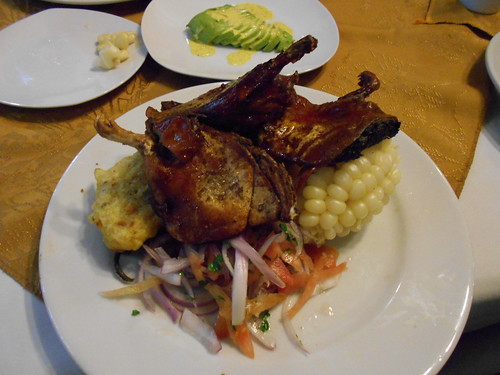
These stairs were our first challenge in getting up to Sacsayhuaman.
Steve, Malu, Alexis, Gary, Heidi, and I are at the edge of the fortress.
Llama lawnmowers.
I'm jumping for joy high above Cusco.
Gary and Heidi doing the same.
We also walked through some cave that ended in a round field that had what looked like two rows of spectator seats.
After dinner at the Andean Grill, we headed to the Museo Pisco----a popular bar that pretended to be a museum----- where we enjoyed a whole variety of Pisco drinks along with some great live music. A great way to celebrate our achievements in completing our trek. Juan Carlos, our local guide, joined us for dinner and this bar where we toasted Alexis, our Crooked Trails tour director with the Mexican cheer that Malu had taught us. It goes like this:
a la bio a la bau a la bim bom bam- Juan Carlos- Juan Carlos- ra ra ra!
The band at the Museo Pisco was so entertaining that we ended up having two pisco drinks. Gary and Heidi along with a Swiss couple delighted the customers and performers with their dance moves---especially as the band kept speeding up the music until it was a frenzy of a dance that Malu also joined in.
The bar crew was so impressed that they invited Heidi to be a drink mixer behind the bar. The following morning we all moved a bit slower as we waited for our van ride to Chinchero.
On our last day in Cusco, we visited the Proyecto Phawarispa, a school and training center for youth with mental and physical disabilities. They have about 25 students and many have some degree of disability along the autism spectrum and the remainder appeared to have Down syndrome. It looked like the ones with autism had about a 1:1 or 1:2 teacher to student ratio while the others had about a 1:4 ratio.
Some of the goals for these students were to have achieved some degree of independent living in that they would be able to take care of their personal hygiene and carry out some scheduled activities.
This school is only about a few years old and they would like to see some of their students placed in housekeeping or food service type of jobs since there are so many hotels and restaurants in Cusco. To that end, they have set up hotel rooms with beds and cabinets and a dining room with a kitchen as a training ground.
Although they have no placements yet, they continue to make contact with hotels and restaurants and train their students.
Students not suited to this type of work are being trained in agriculture work. They have established an organic garden and sell the products to restaurants in the area.
This school is just beginning and they currently have an annual budget of $200,000 and was founded by a Dr. in Seattle whose Peruvian wife was an educator of disabled children and died in the past few years so the Dr. dedicated resources to establish this school in memory of his wife. Donations are welcomed.



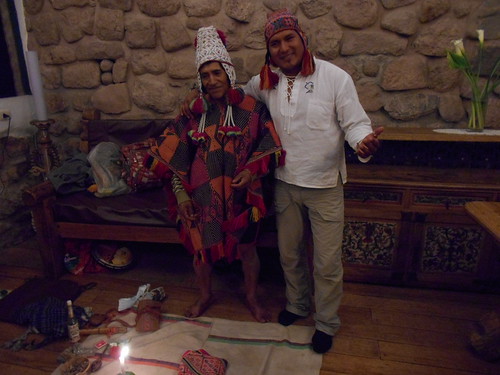
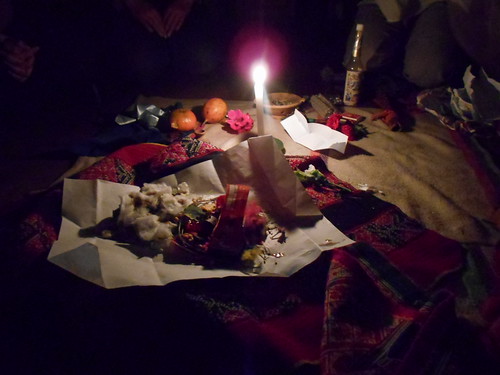
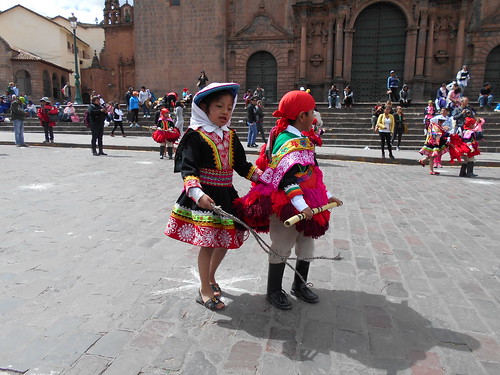


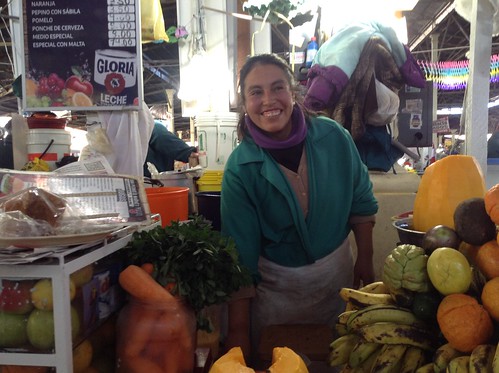
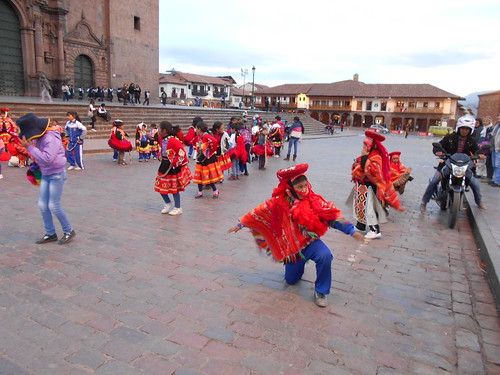
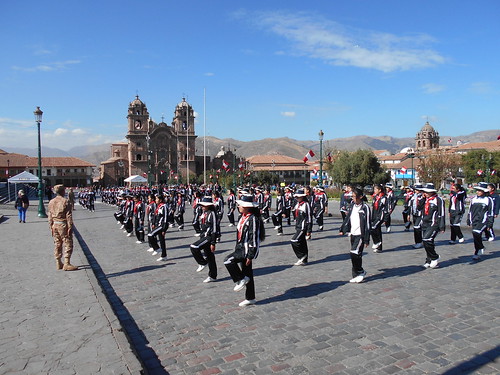
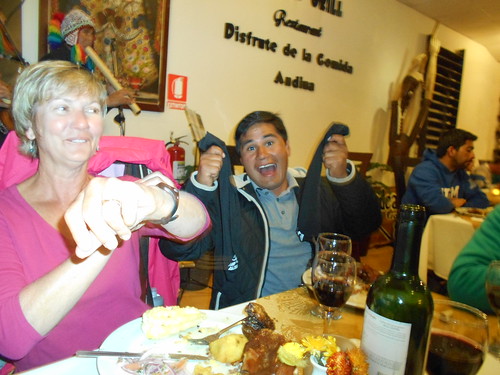
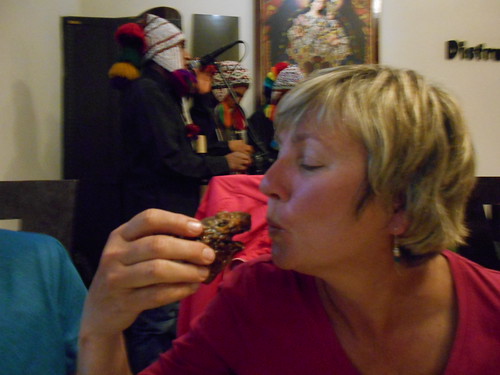
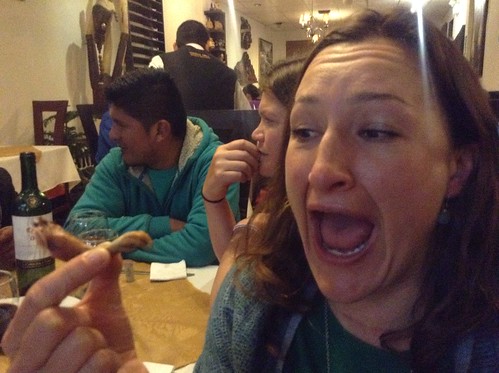
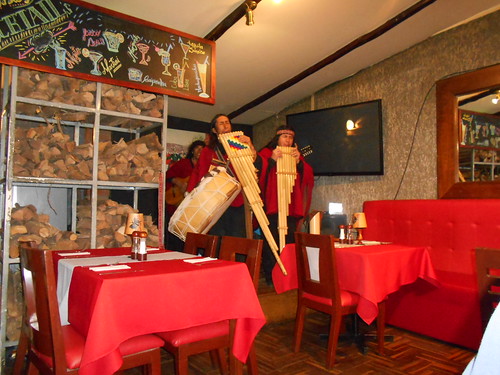




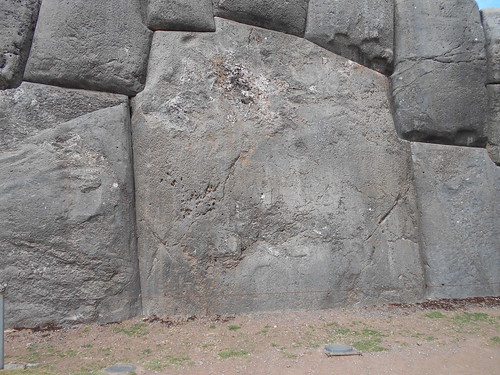


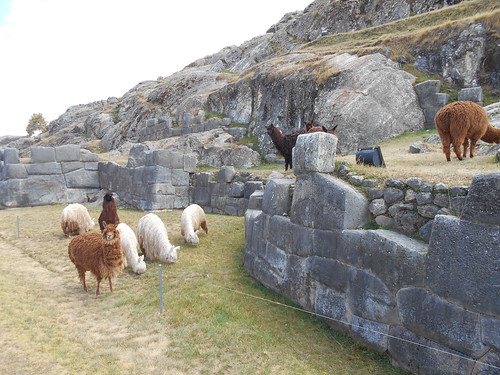
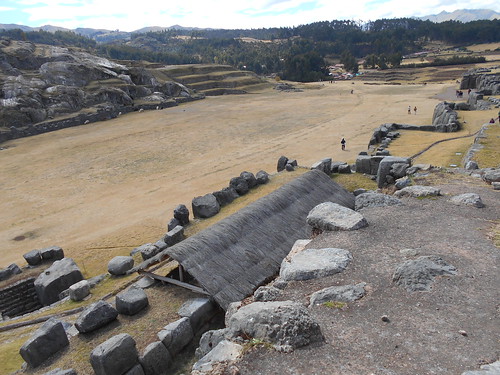
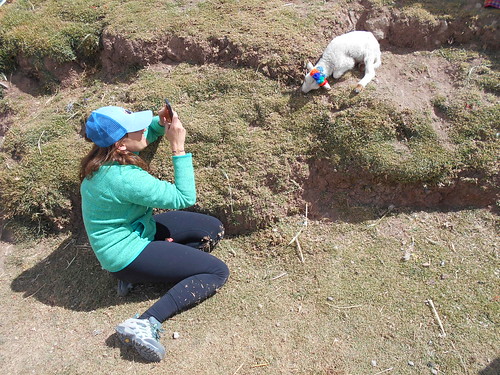
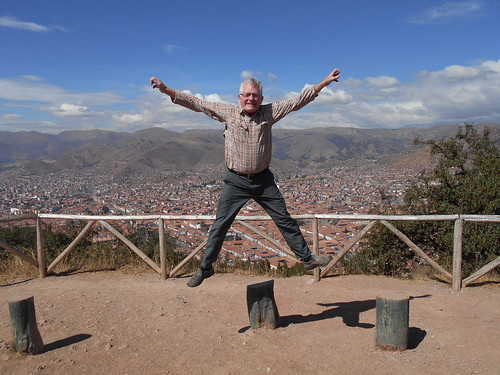


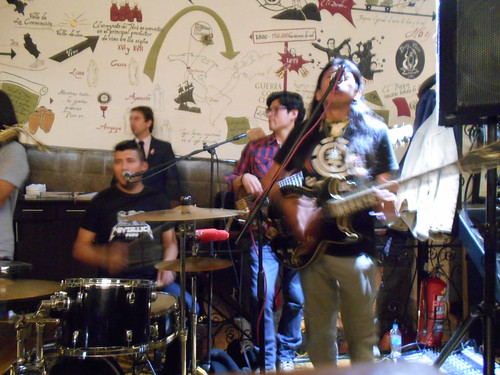

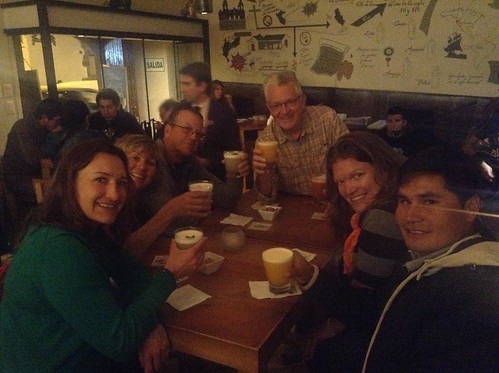
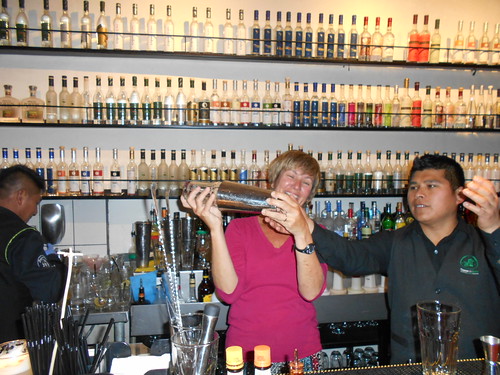
No comments:
Post a Comment